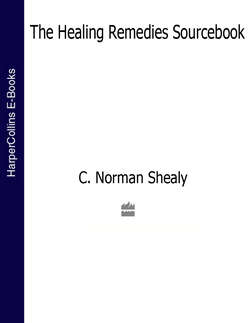Читать книгу The Healing Remedies Sourcebook: Over 1,000 Natural Remedies to Prevent and Cure Common Ailments - C. Shealy Norman - Страница 125
ОглавлениеOYRZA SATIVA
RICE
Rice is the cereal that is a staple food to more than half of the world’s peoples. It also has important medicinal uses, for which the rhizomes, seeds (the grains), and germinated seeds are used. White rice is the grain that is left after the bran and germ have been removed; brown rice retains the bran and germ. Rice is available as a breakfast cereal (the grains are “puffed” during manufacture), and is fermented to produce rice wine, called saki by the Japanese.
USES
Eat rice daily if you suffer from chronic dyspepsia—excellent for heartburn, particularly that associated with pregnancy.
Use rice bran for the treatment of hyperalcuria.
Use rice flour to make a poultice for relieving inflammation of the skin, including acne, measles, burns, and hemorrhoids.
A natural diuretic—increase your intake prior to menstruation if you suffer from bloating and symptoms of PMS. Eaten regularly, rice can prevent edema.
The seeds are used to treat urinary ailments.
Rice water helps to overcome stomach upsets.
PROPERTIES
Rice contains high levels of carbohydrates (87 percent of white, uncooked rice)
Rich in B vitamins (folic acid and pyridoxine), iron, and potassium. Brown rice also contains the B vitamin thiamine, which is present in the bran
White rice has 1 percent of fat; in brown rice the amount of fat is higher
Rice contains low amounts of sodium and is also free from cholesterol
A natural tonic
Diuretic
Digestive
Controls sweating
Lowers blood pressure
Anti-inflammatory
